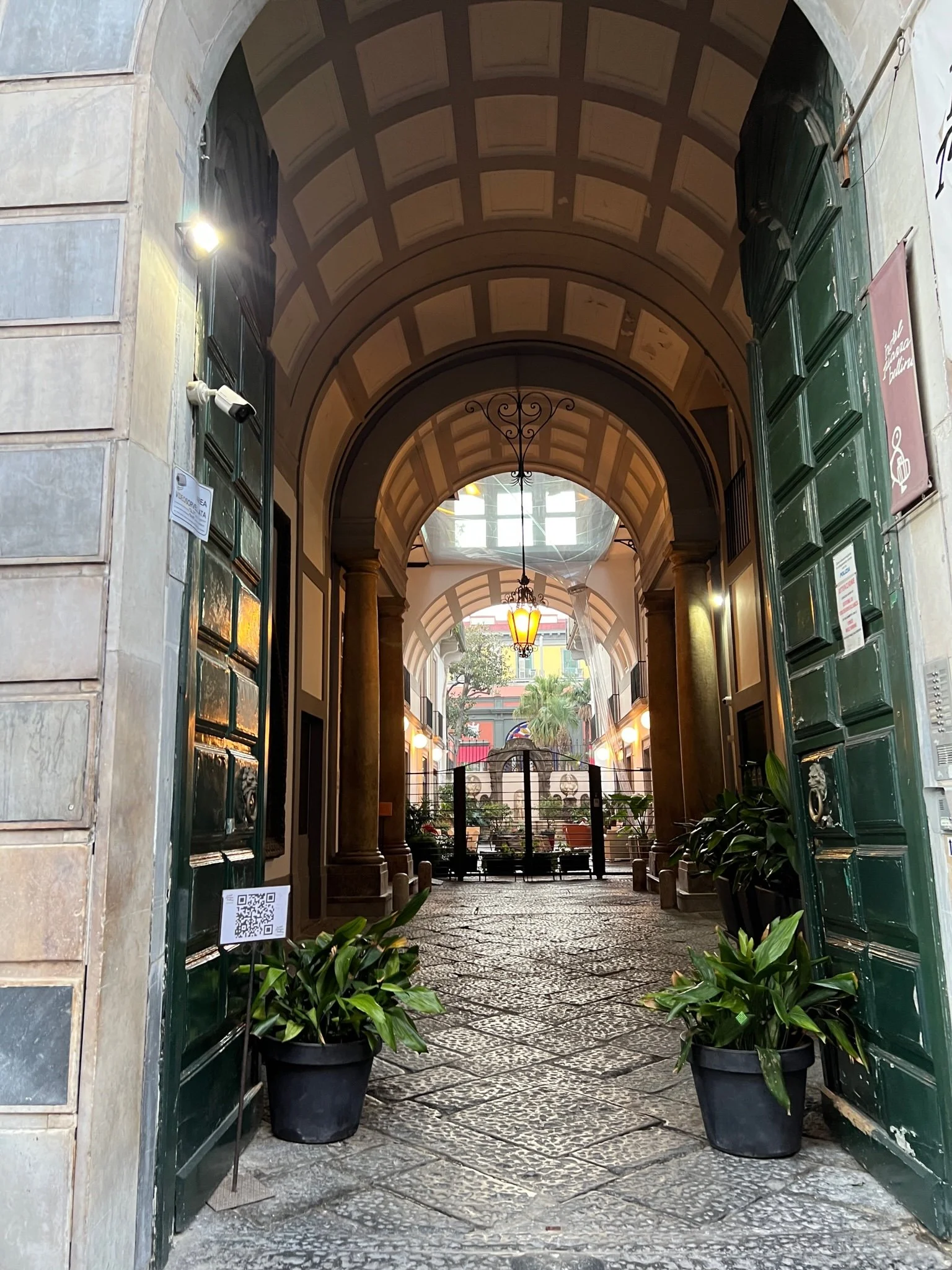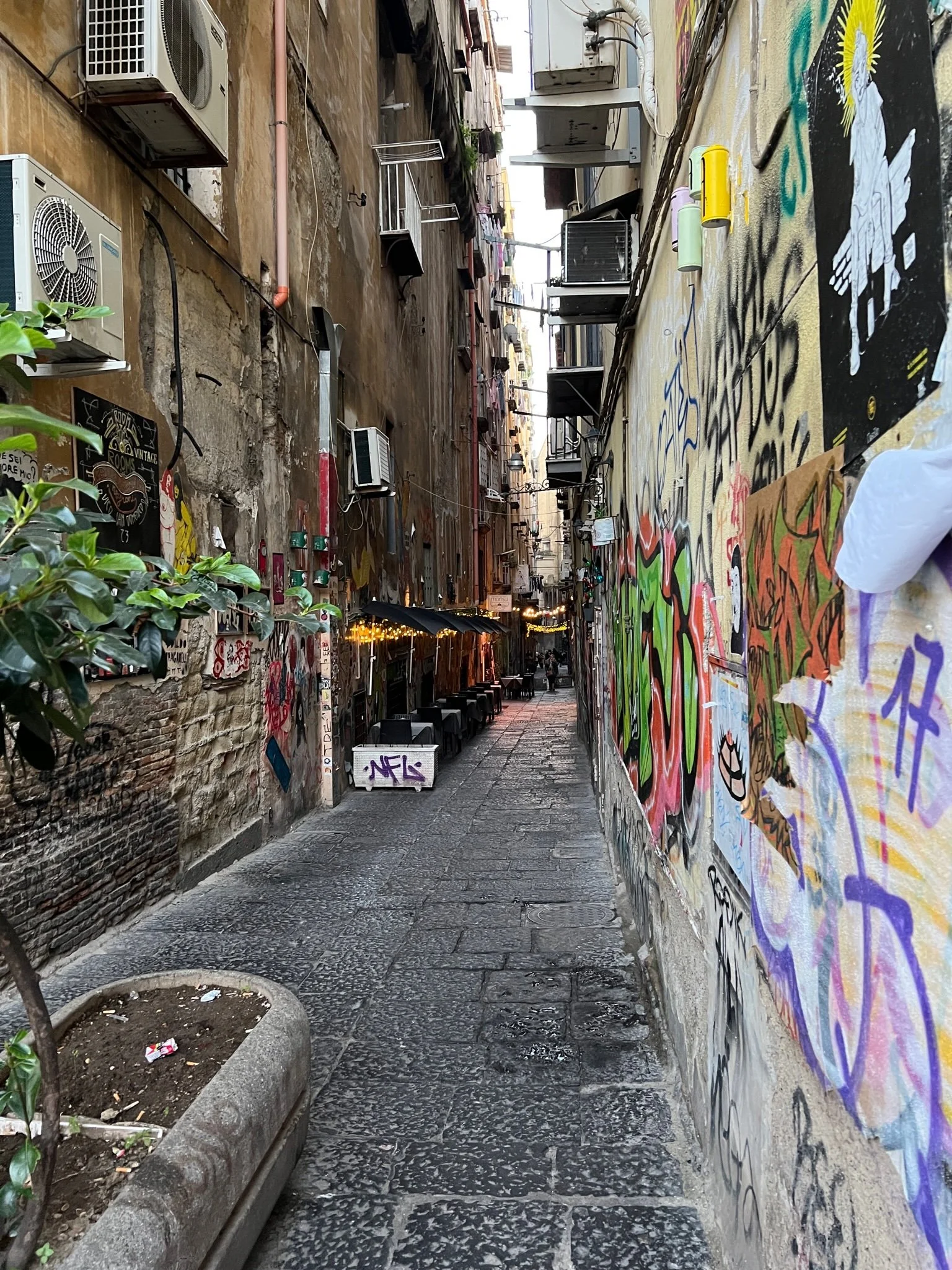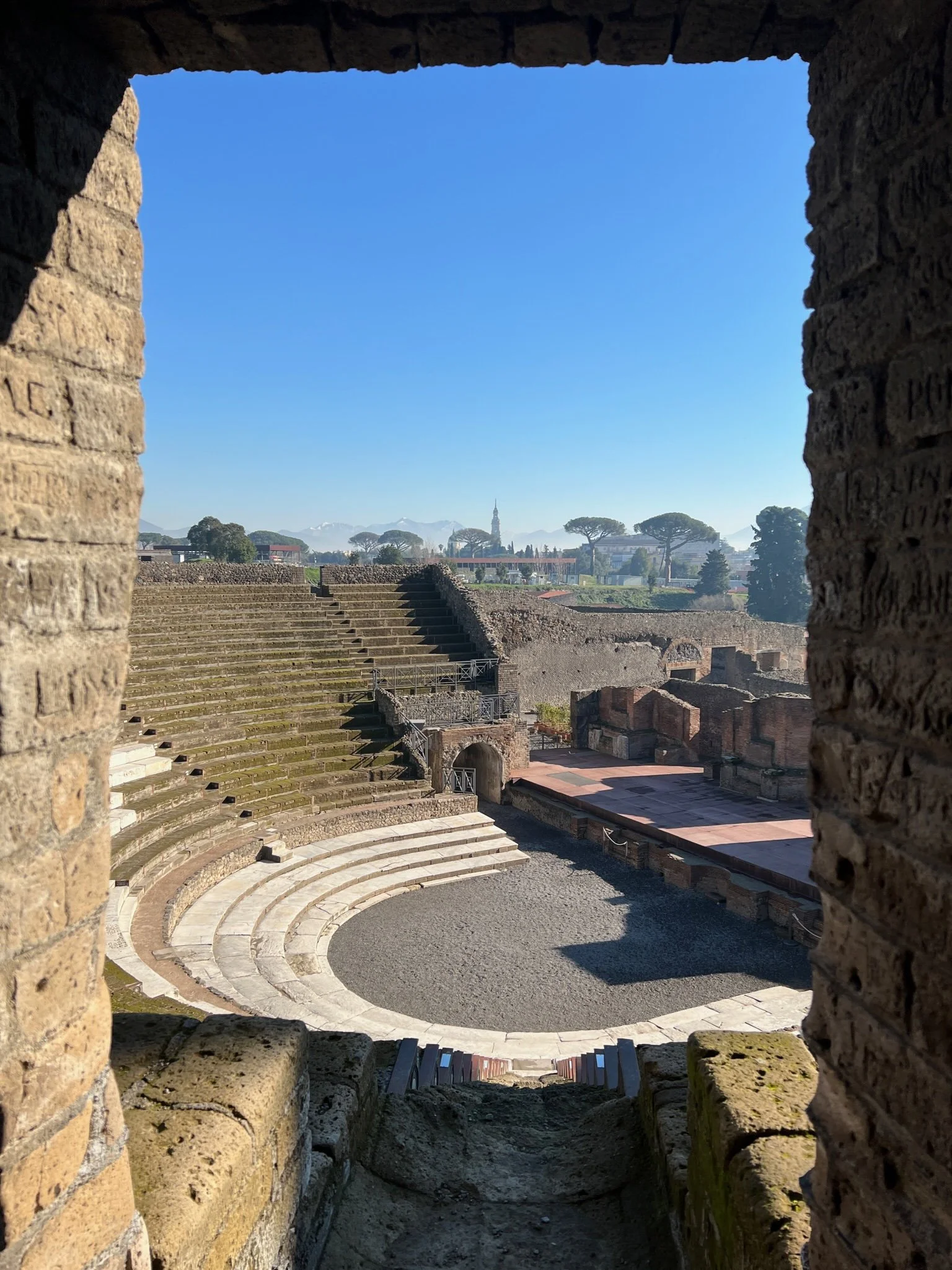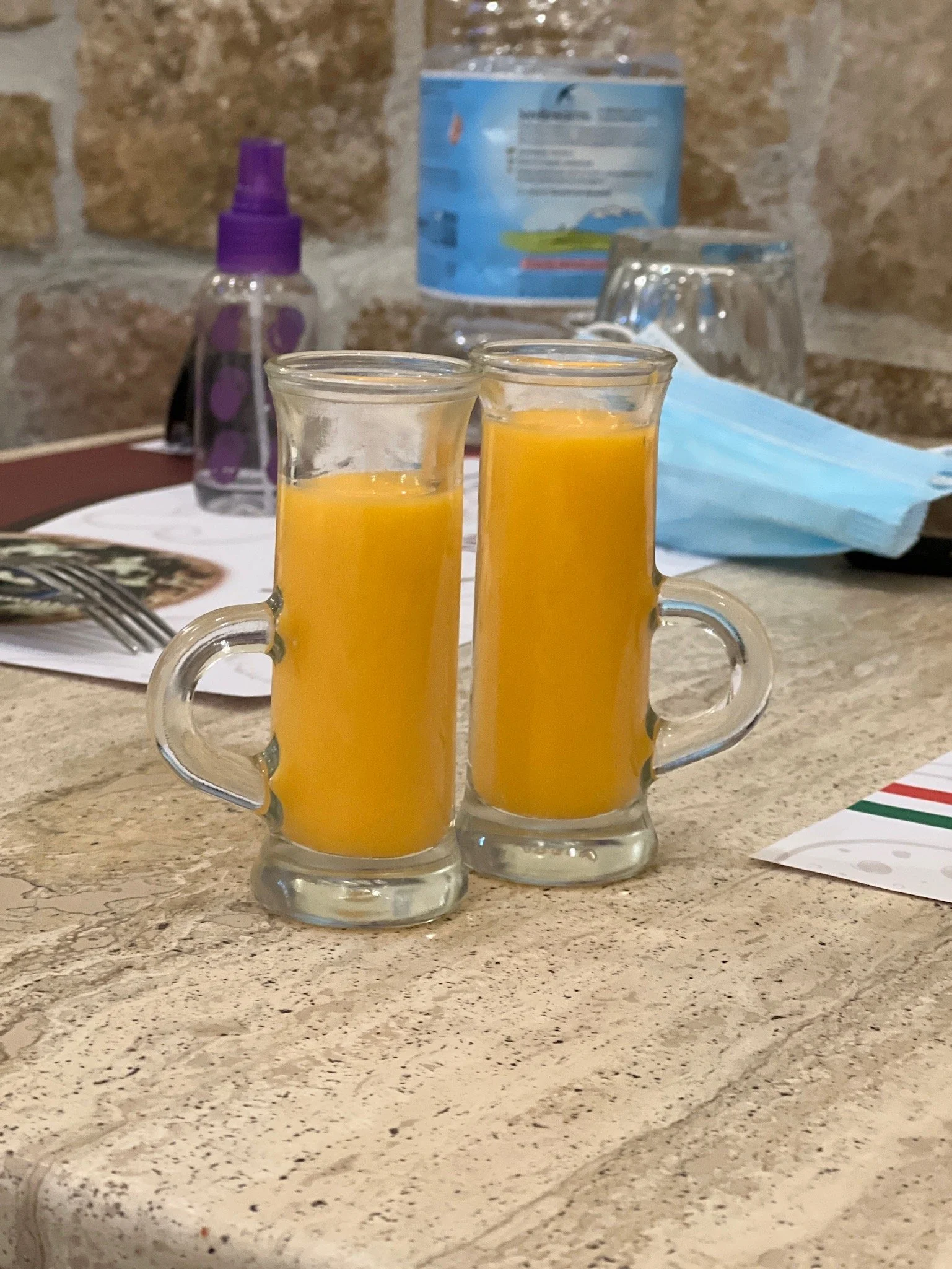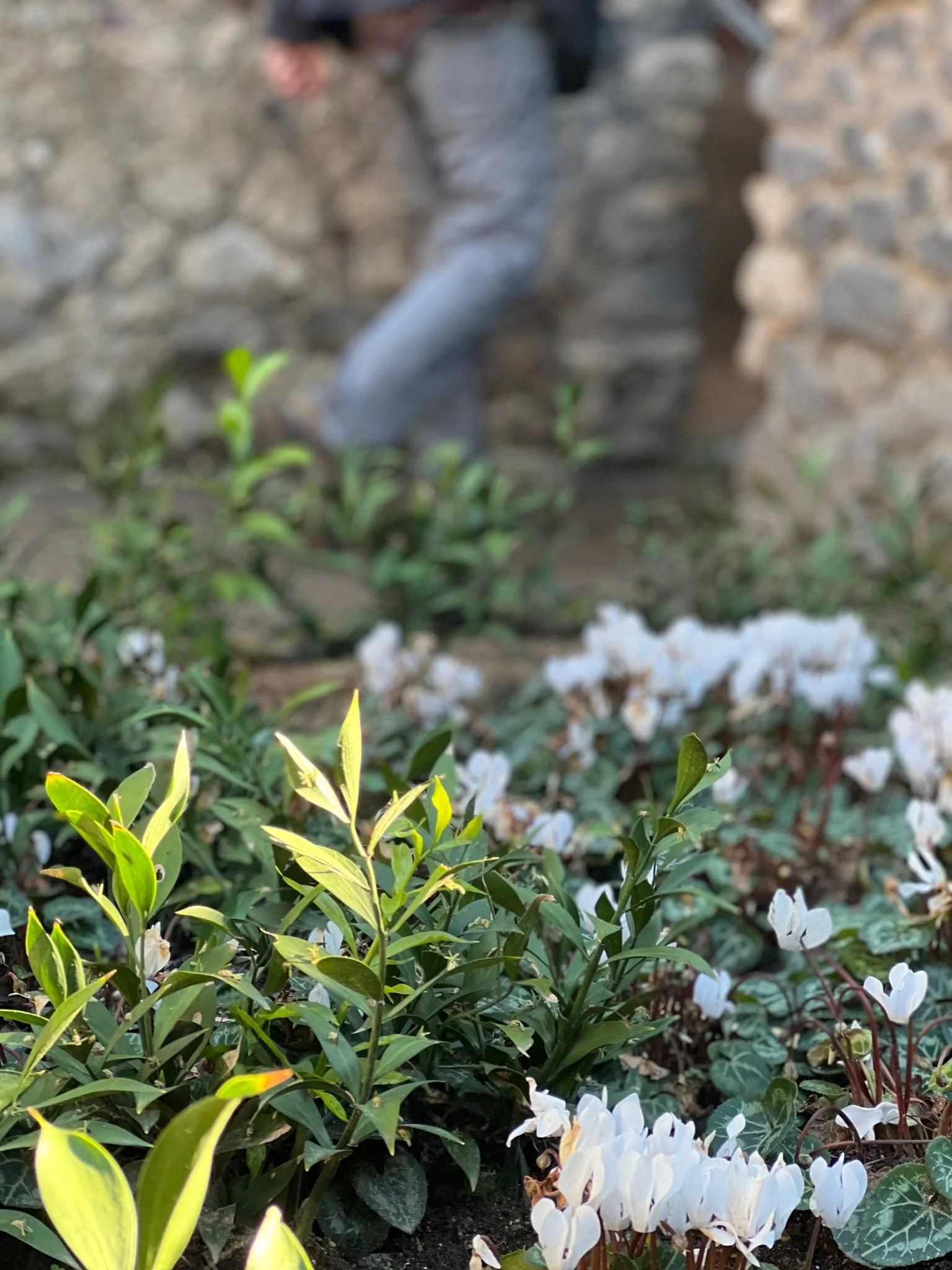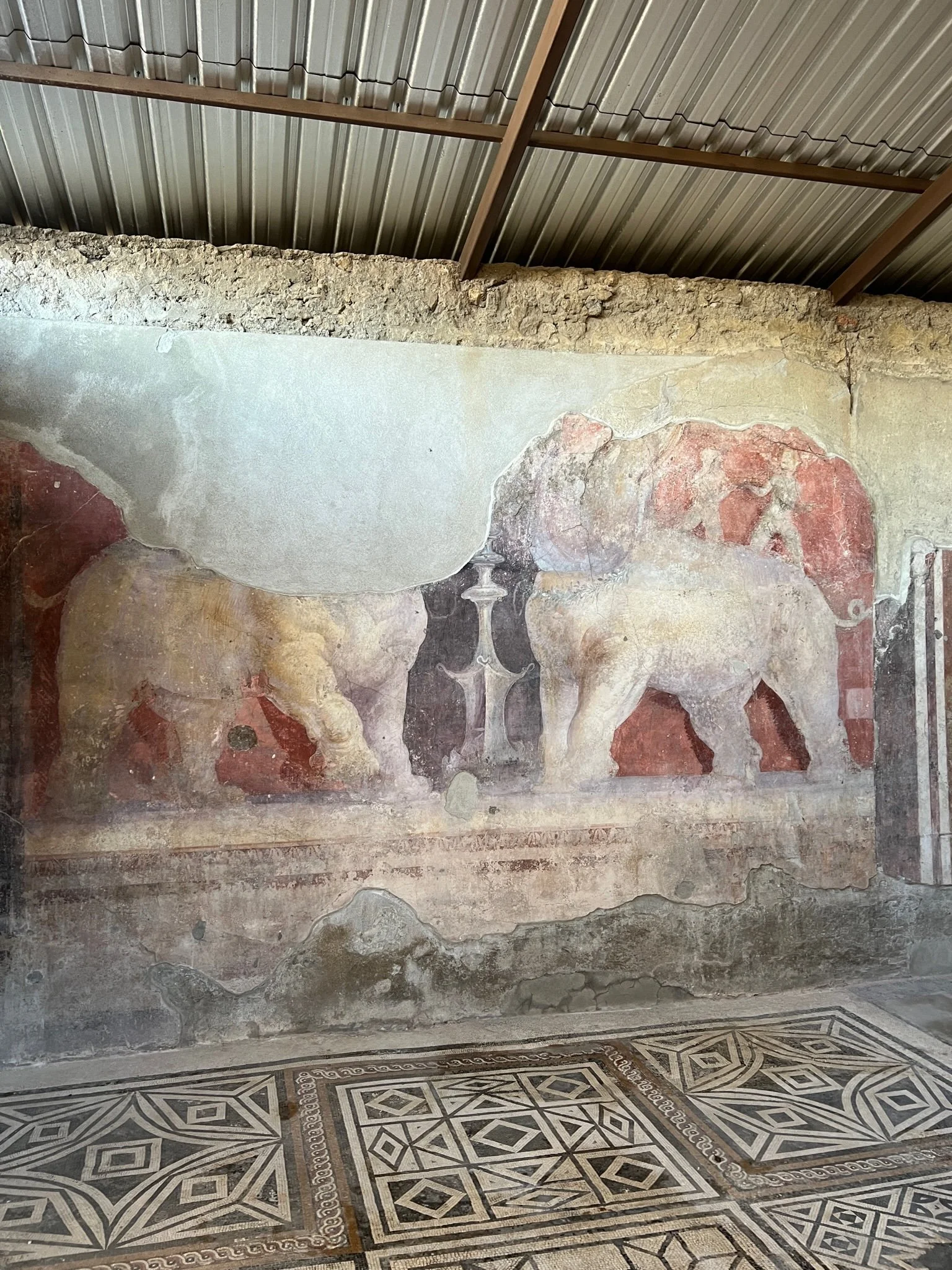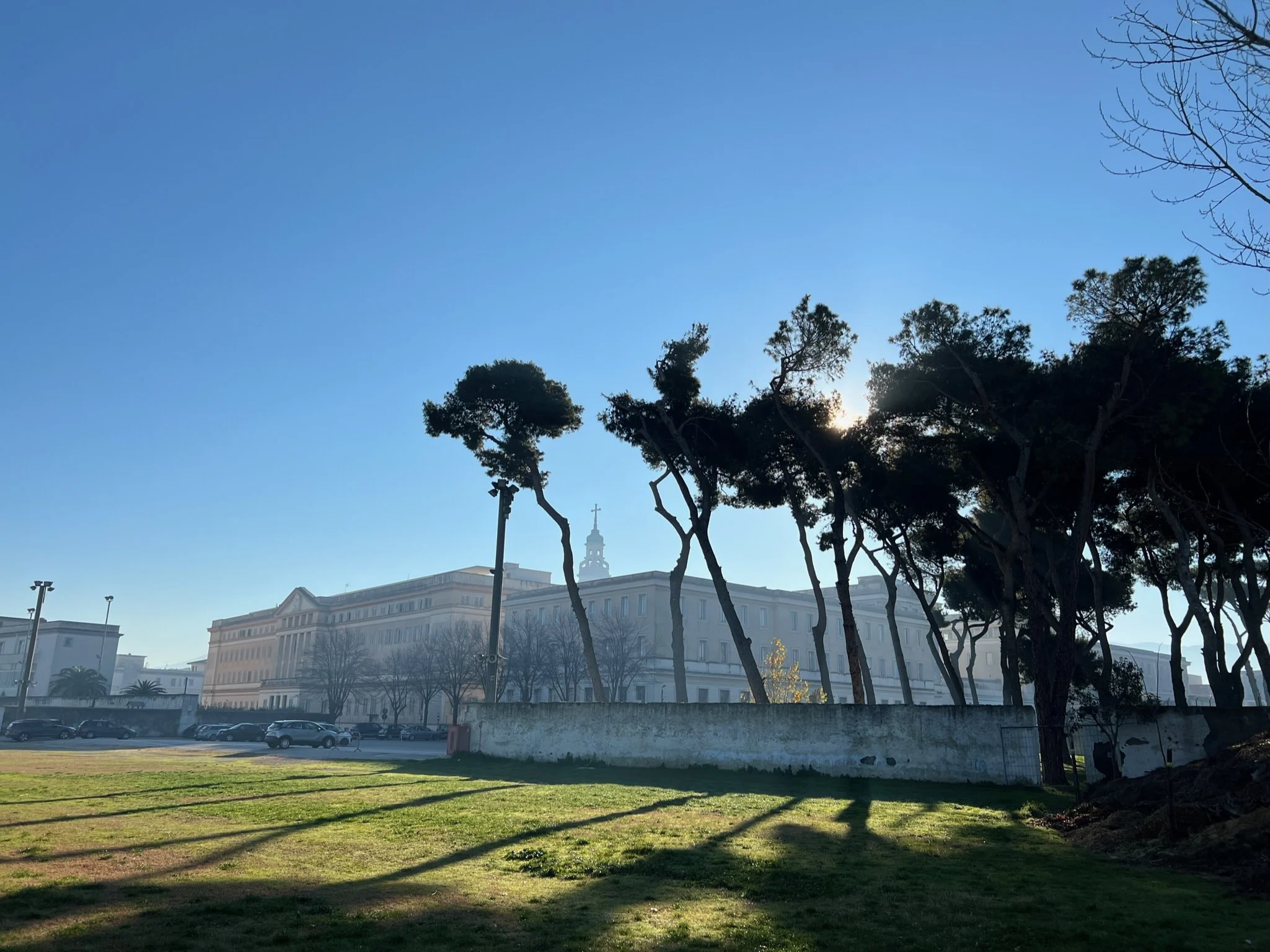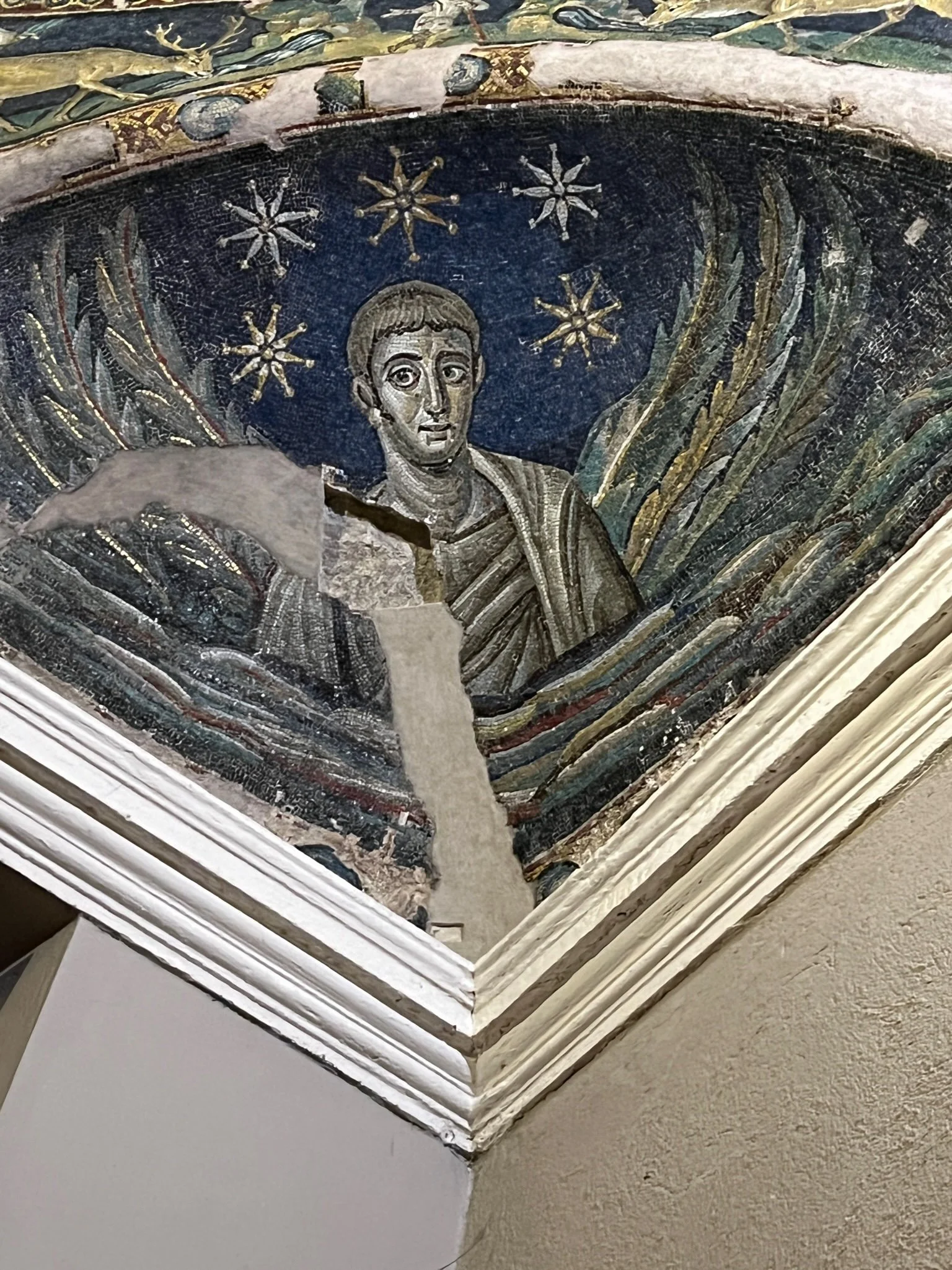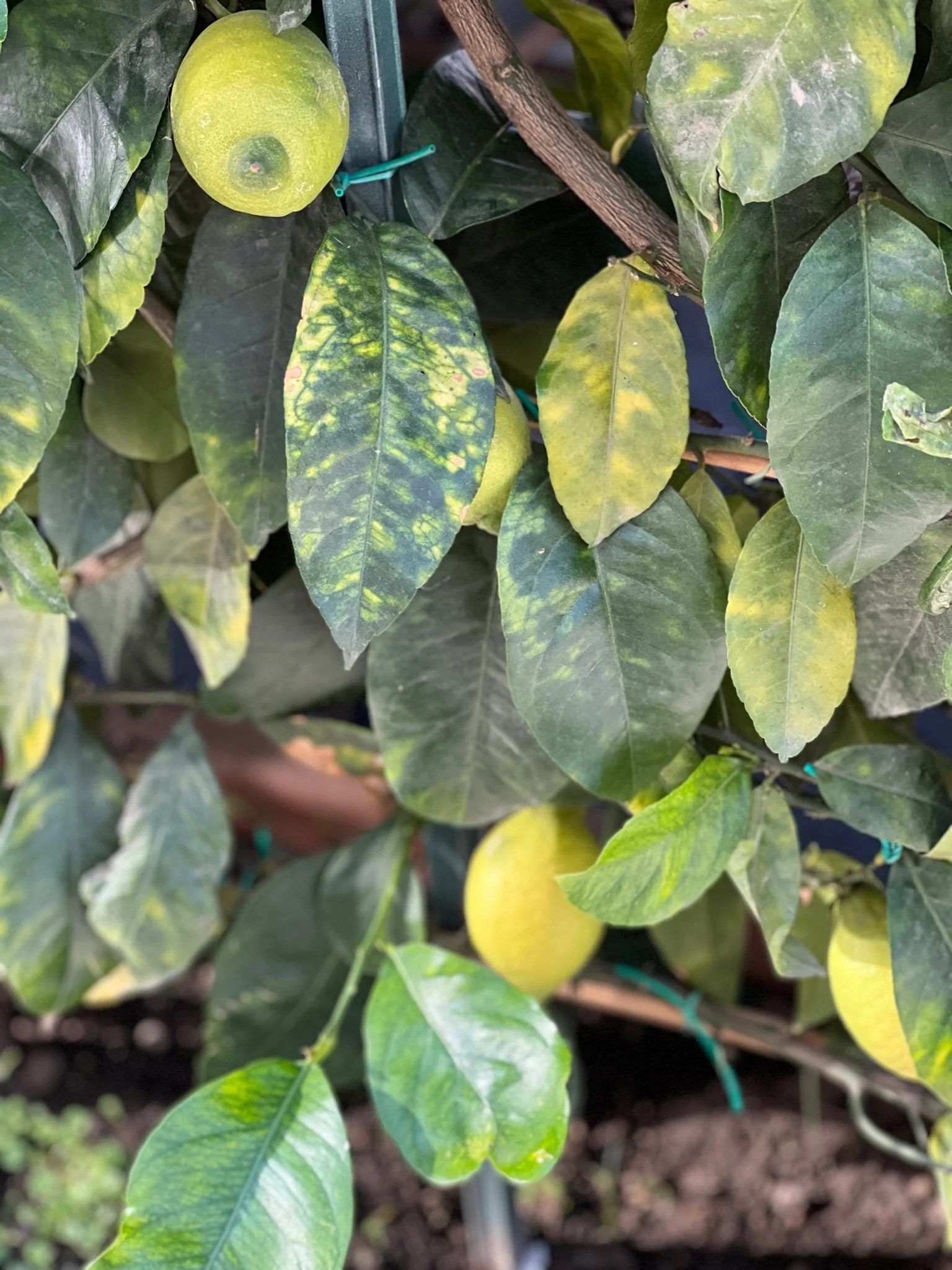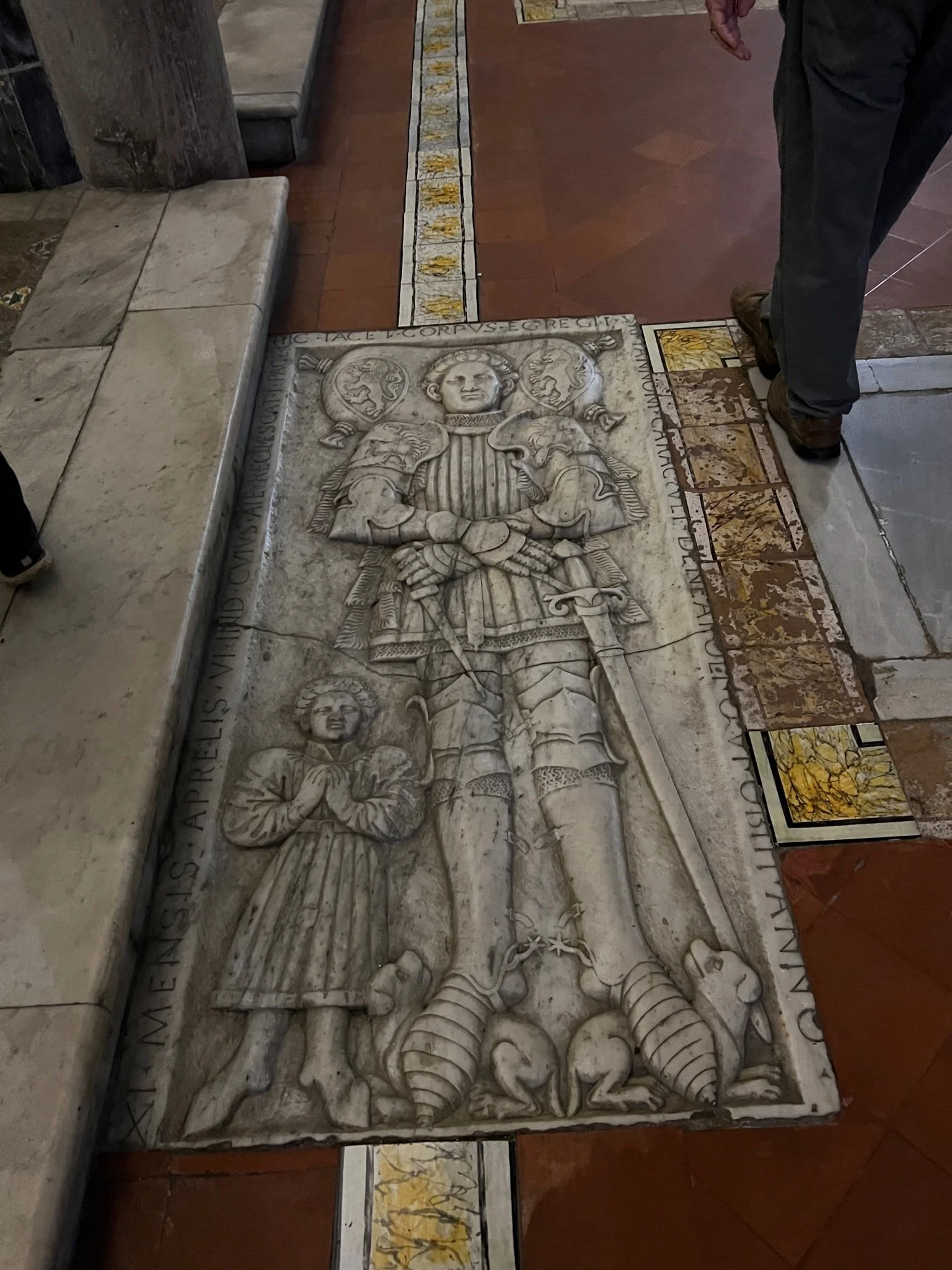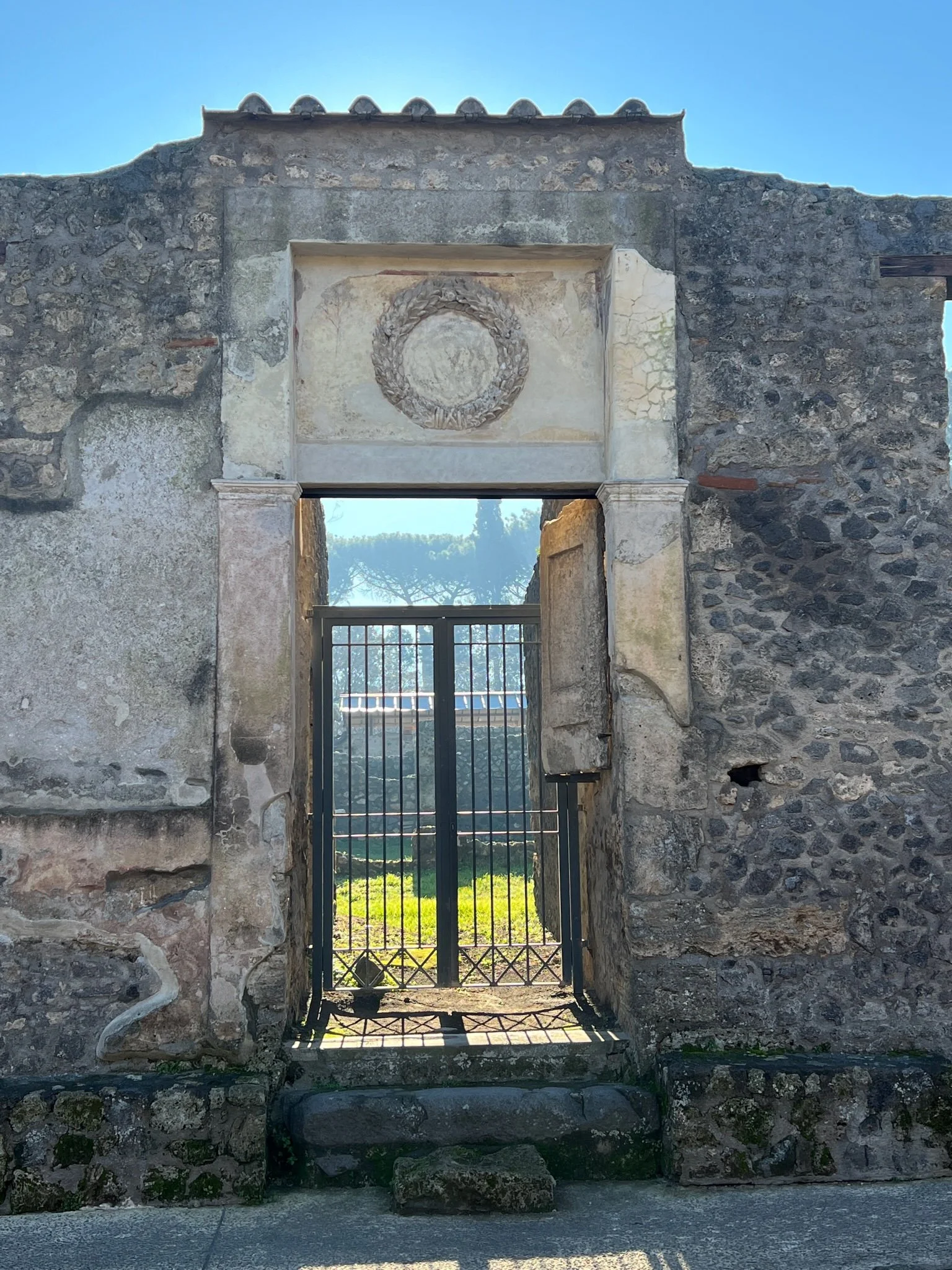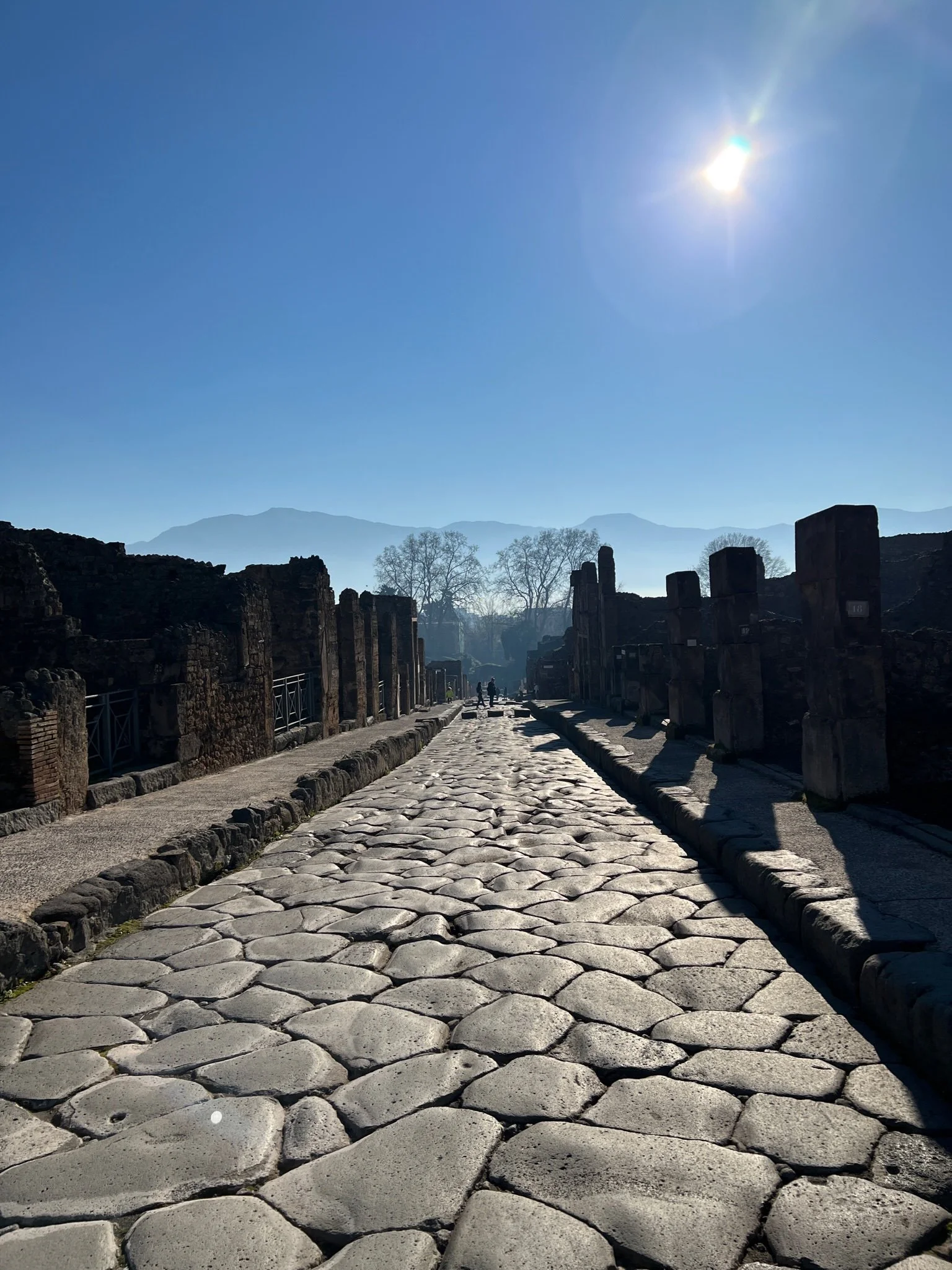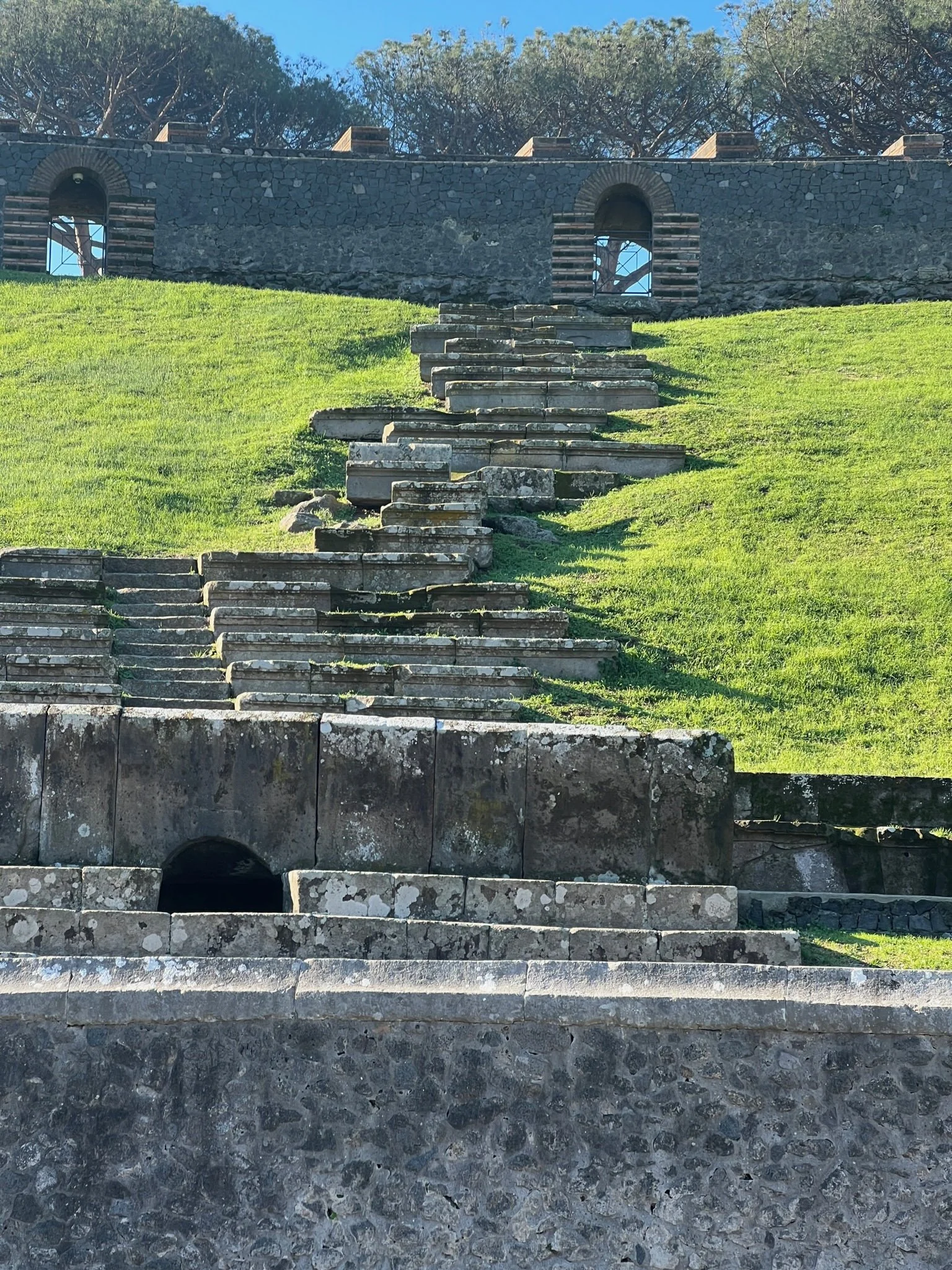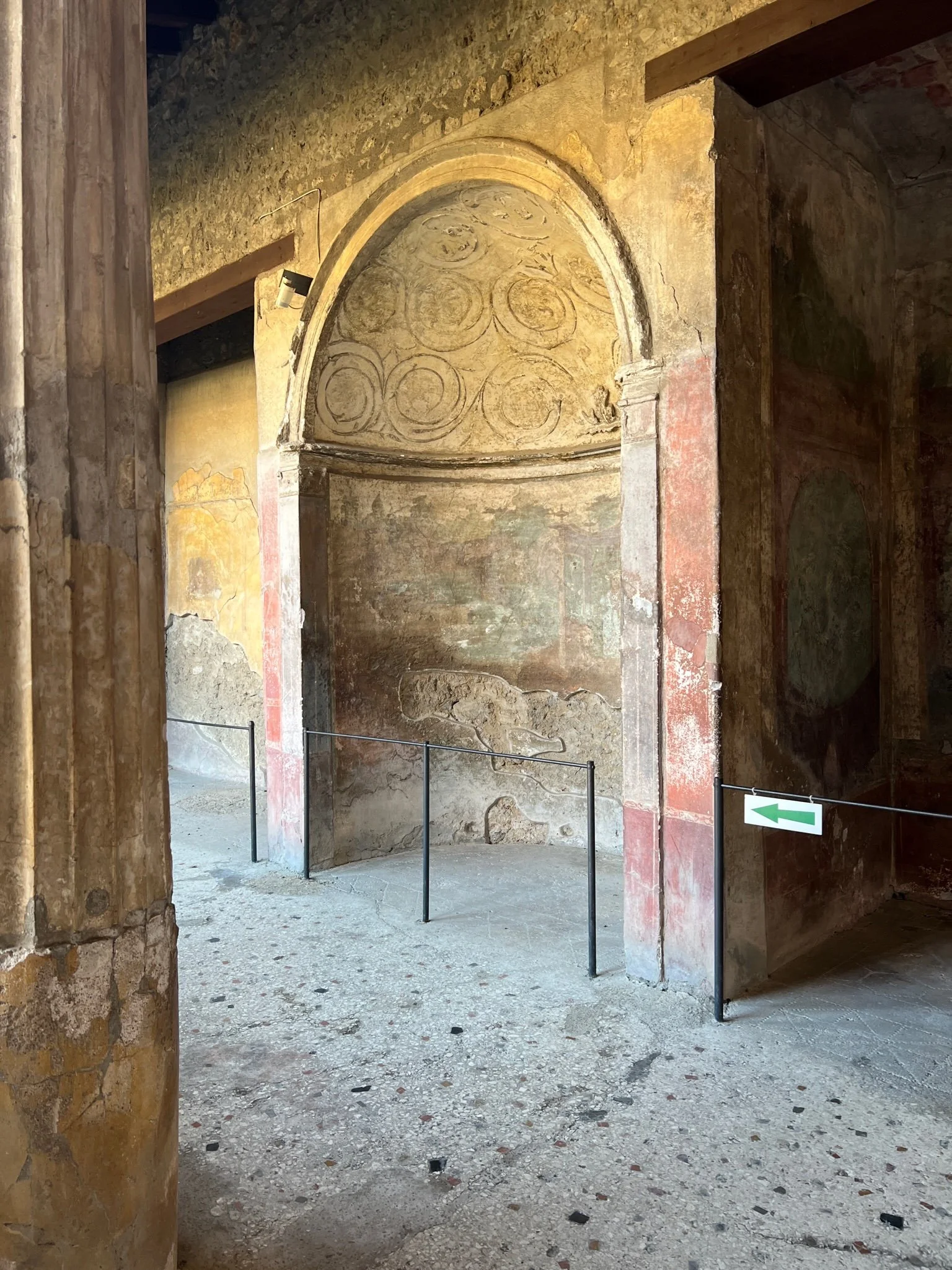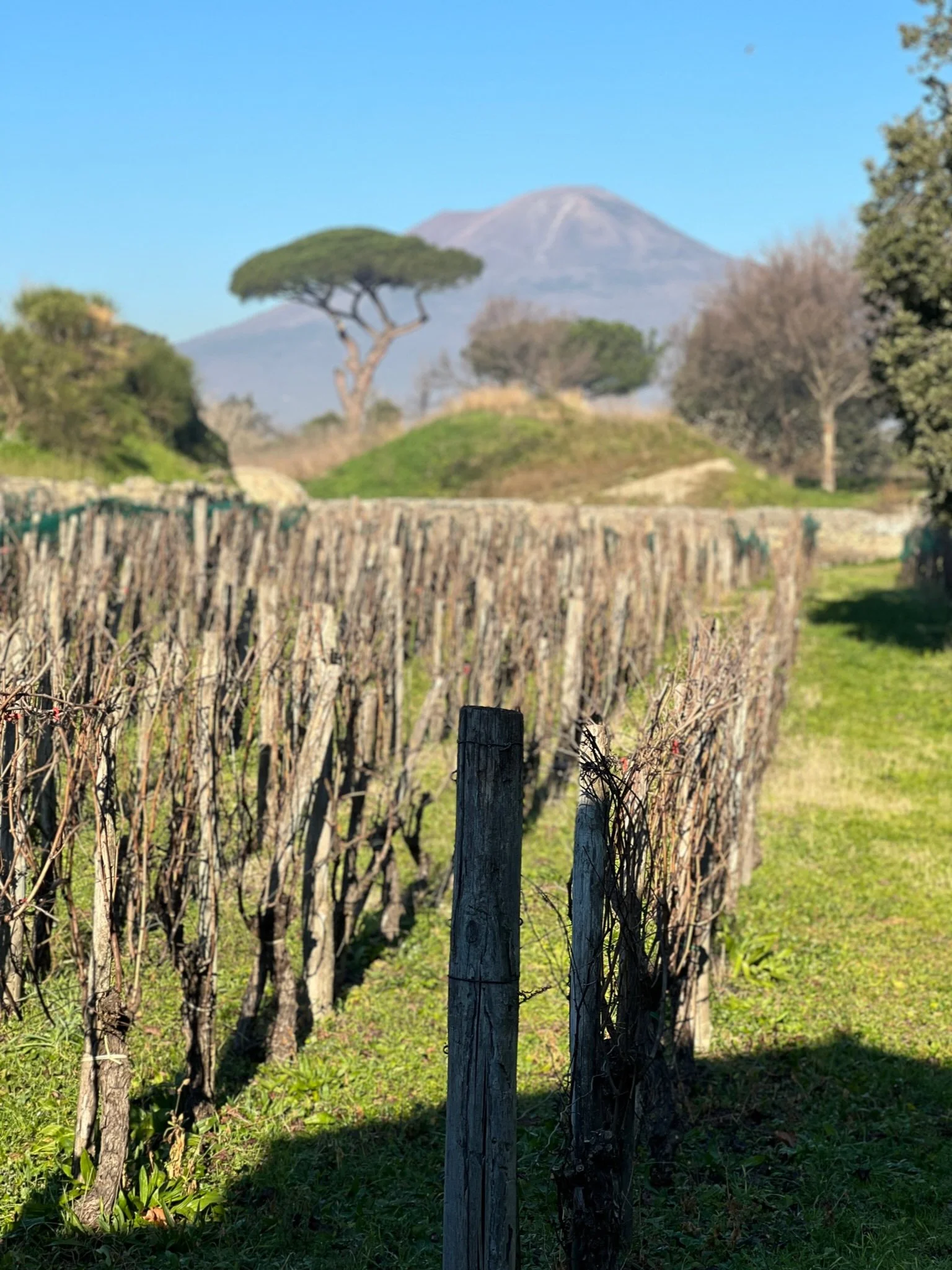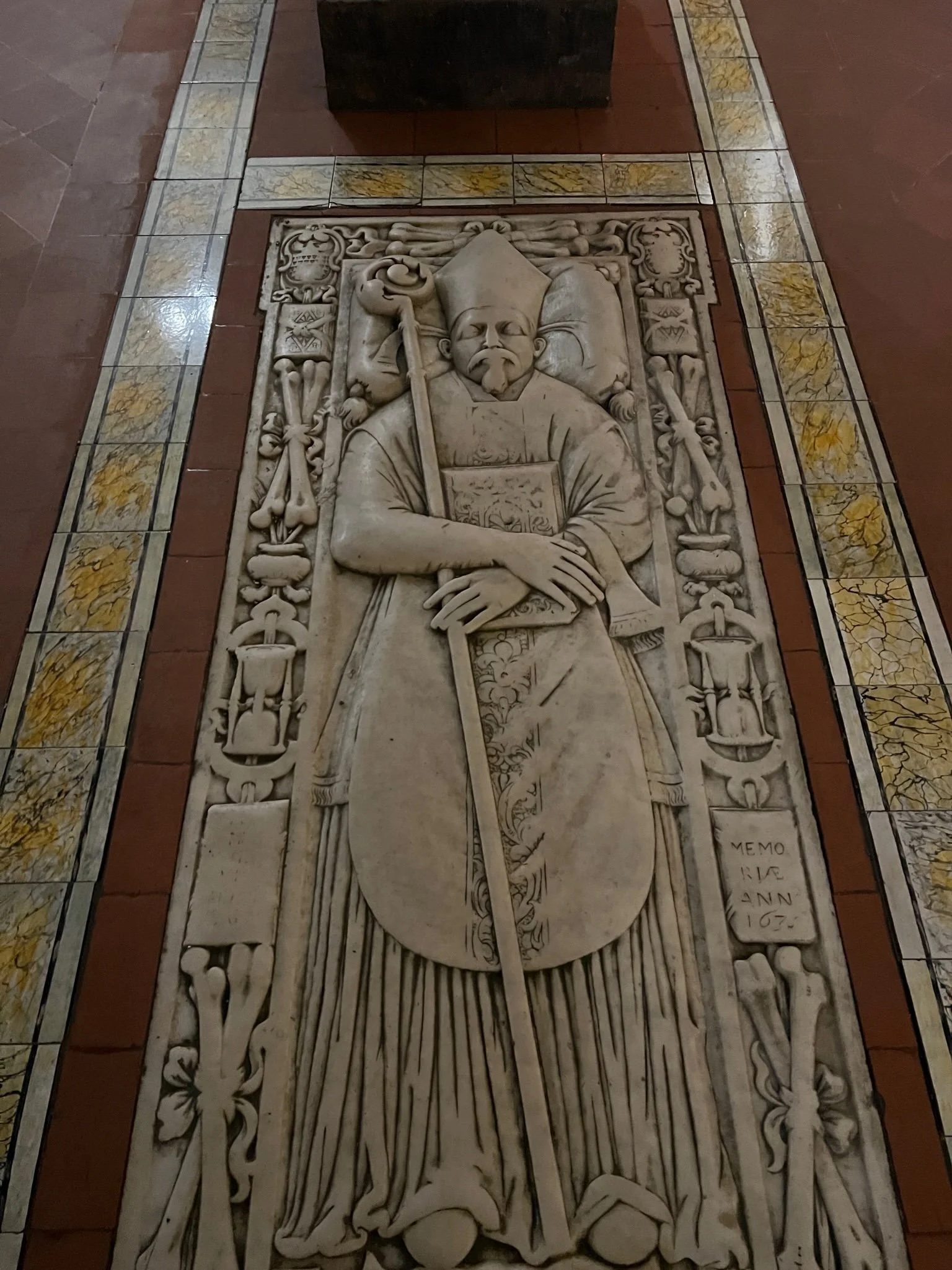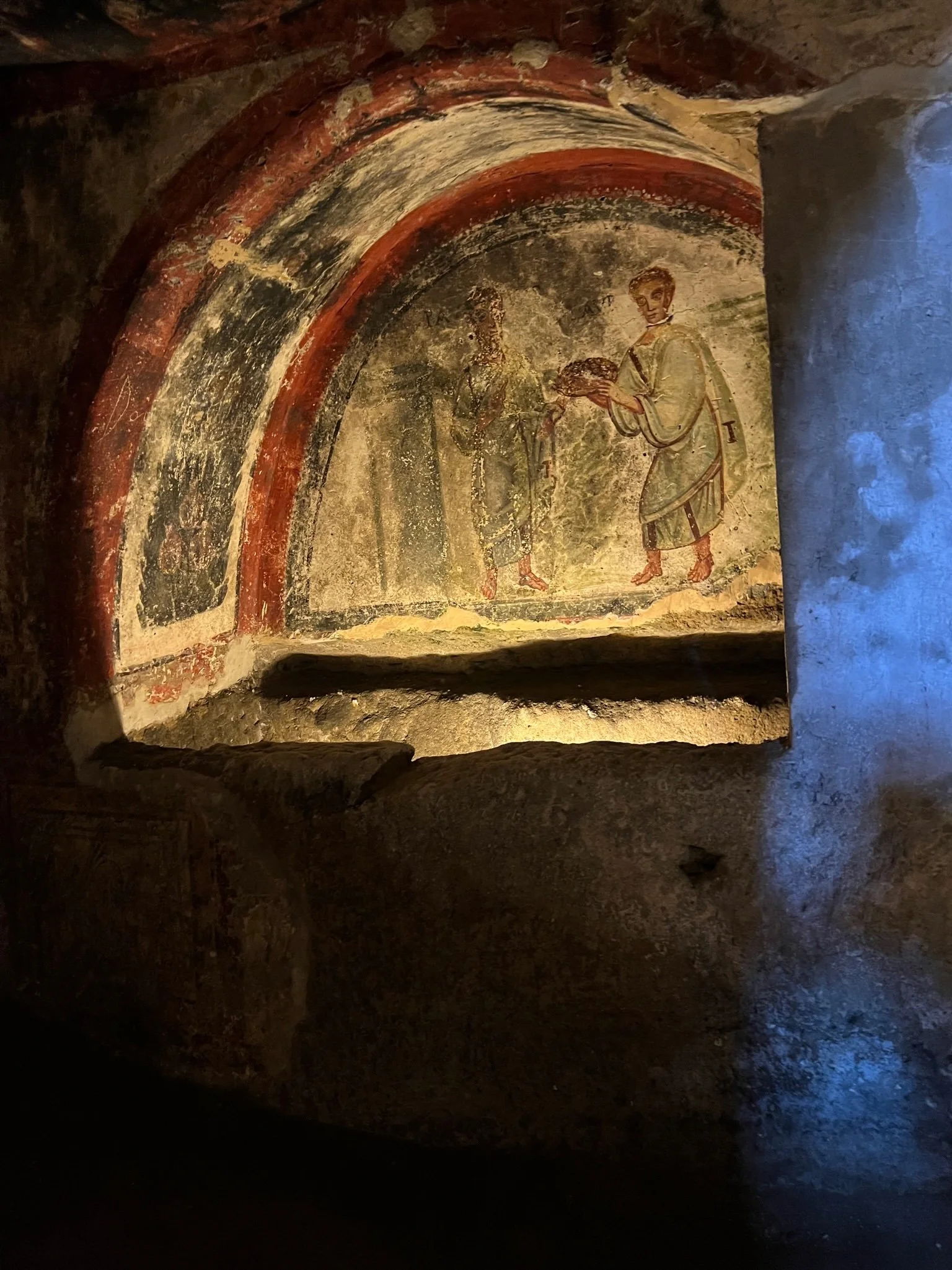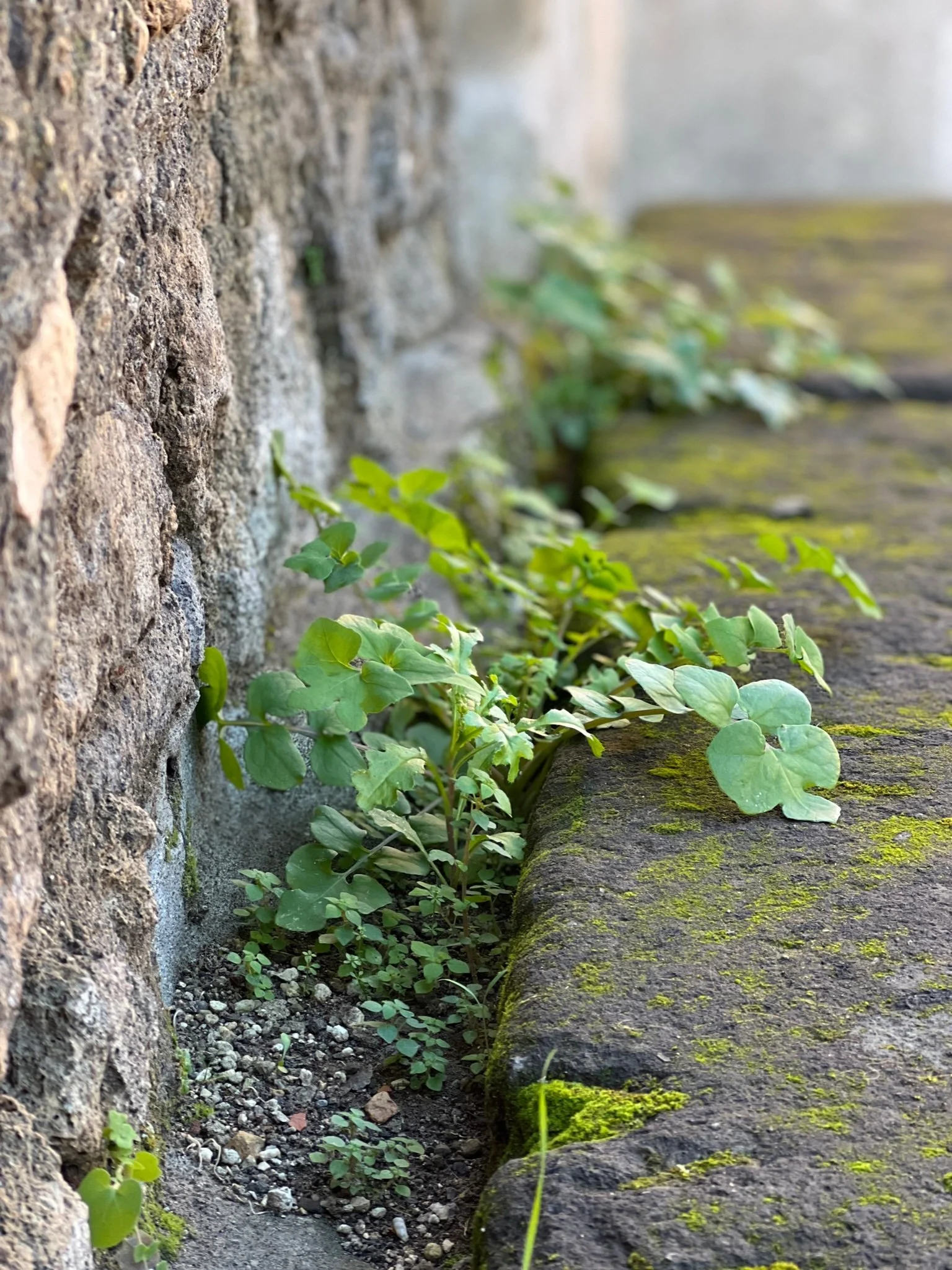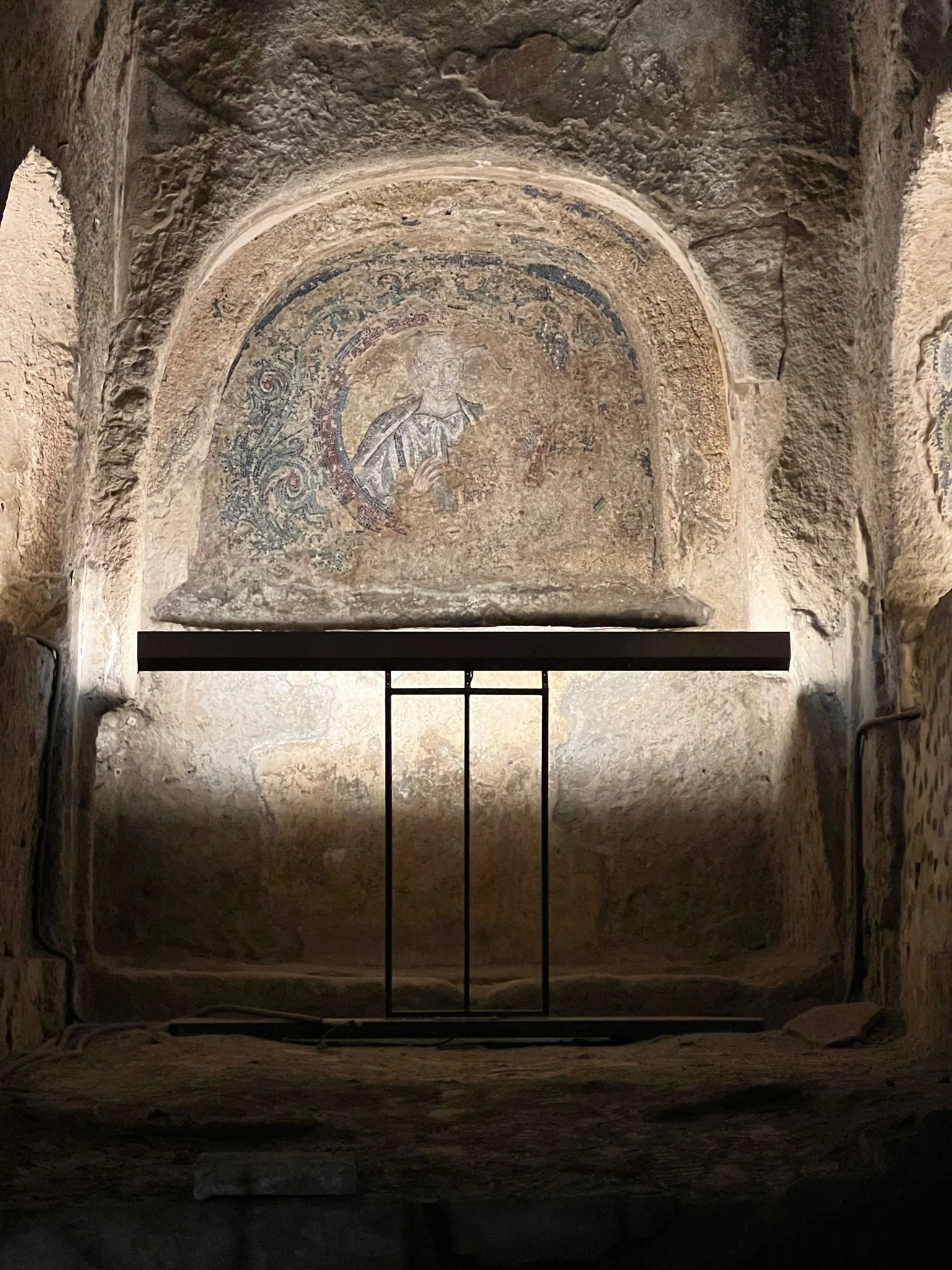Pompeii & Catacombs
Our second day in Napoli was full - in fact we are a little overwhelmed by what to put in this post!
Our morning was spent in Pompeii, an unbelievably well preserved example of a first century Roman city due to the tragic eruption of Mnt Vesuvius in AD 79. The city and many of its people were frozen in time. This was a Roman city of the time of the early Christian church, though we do not know of any Christian presence in Pompeii. The shops and homes and agricultural areas along with kitchen implements and every day items are preserved along with monuments/forums/colosseum/amphitheater. Even the frescos and marble decorations are preserved in some places. Due to the pandemic, we had the unique experience of seeing this archeological site virtually free of people - eerily beautiful.
Typically thousands of tourists from all over the world are at these sites and photos are almost impossible.
Next we drove down the Amalfi coast for beautiful views of the Bay of Naples and ancient churches.
In the afternoon we toured the catacombs of San Gennaro - the oldest catacombs in Southern Italy with ties to the patron saint of Naples. These burial places and places of worship are built into volcanic tuff which is easy to work but solid. 3rd and 4th century Christian frescos are well preserved, along with frescos that pre-date Christianity. At various times the Christian community in this part of Naples used areas of the catacombs as places of worship and the classic basilica formation can be seen. One section of the catacombs has frescos depicting people of Northern Africa with their traditional clothing and jewelry and darker skin - Naples welcomed Christians who fled Northern Africa/Carthage in the fifth century during the occupation of the Vandals. The entire tour was fascinating - could easily spend a full day.
We ended the day walking back to our hotel from the catacombs, through the old section of Naples, stopping at just a few of the hundreds of ancient churches. The most astounding was the Cathedral of Santa Restituta. The original church is attributed to Constantine the great from the fourth century. This was set on an even older site of pagan worship, and over all of this is set a spectacular cathedral built in the 13th century. All is visible. The art work both ancient and not so ancient is unbelievable. There are life size marble reliefs of crusaders set into the floor. We’ll leave it to pictures - defies description.
We stopped for pizza at a local sidewalk shop and tried the melonchello (very good!) and watched the street life.
Long day! We are exhausted and still processing everything we saw!

